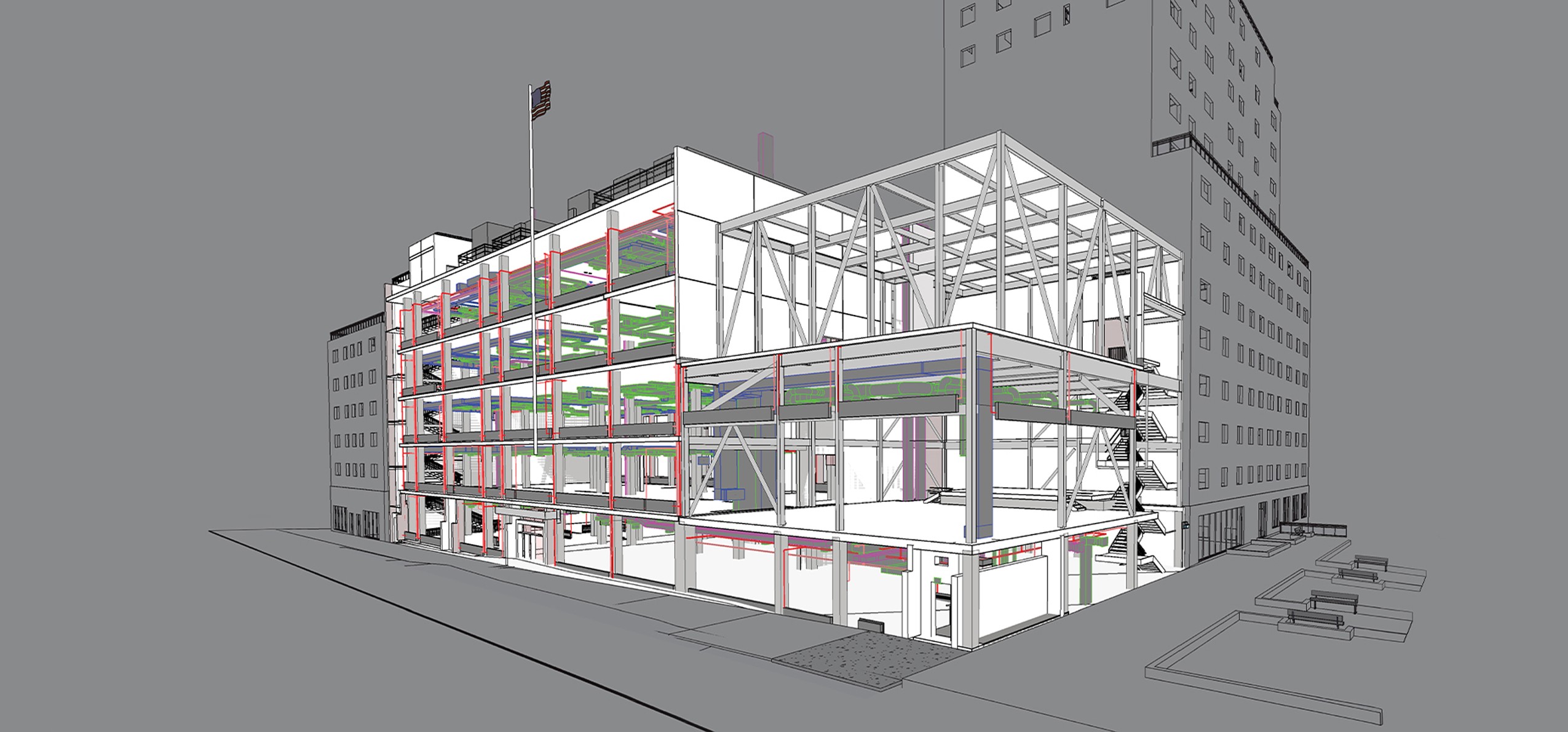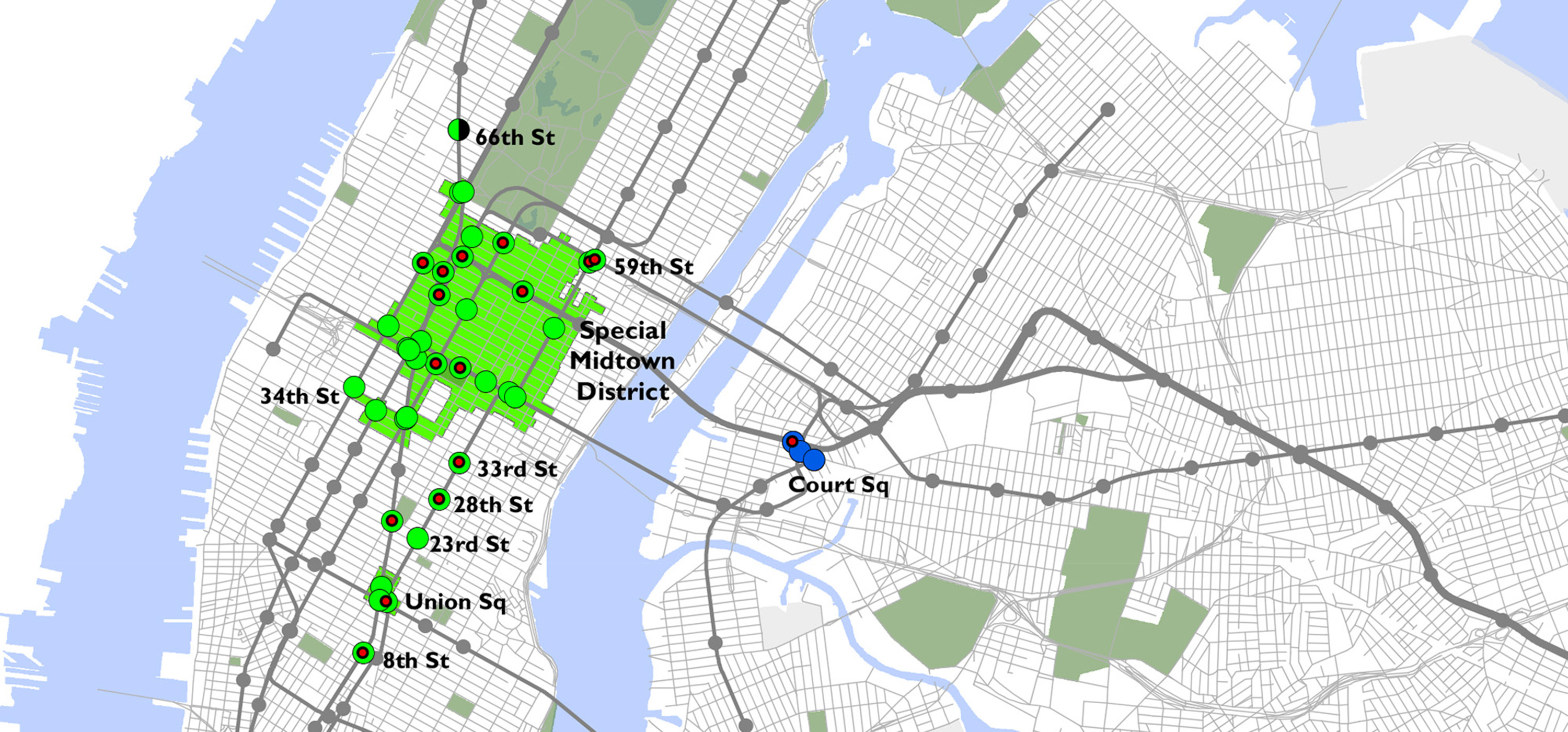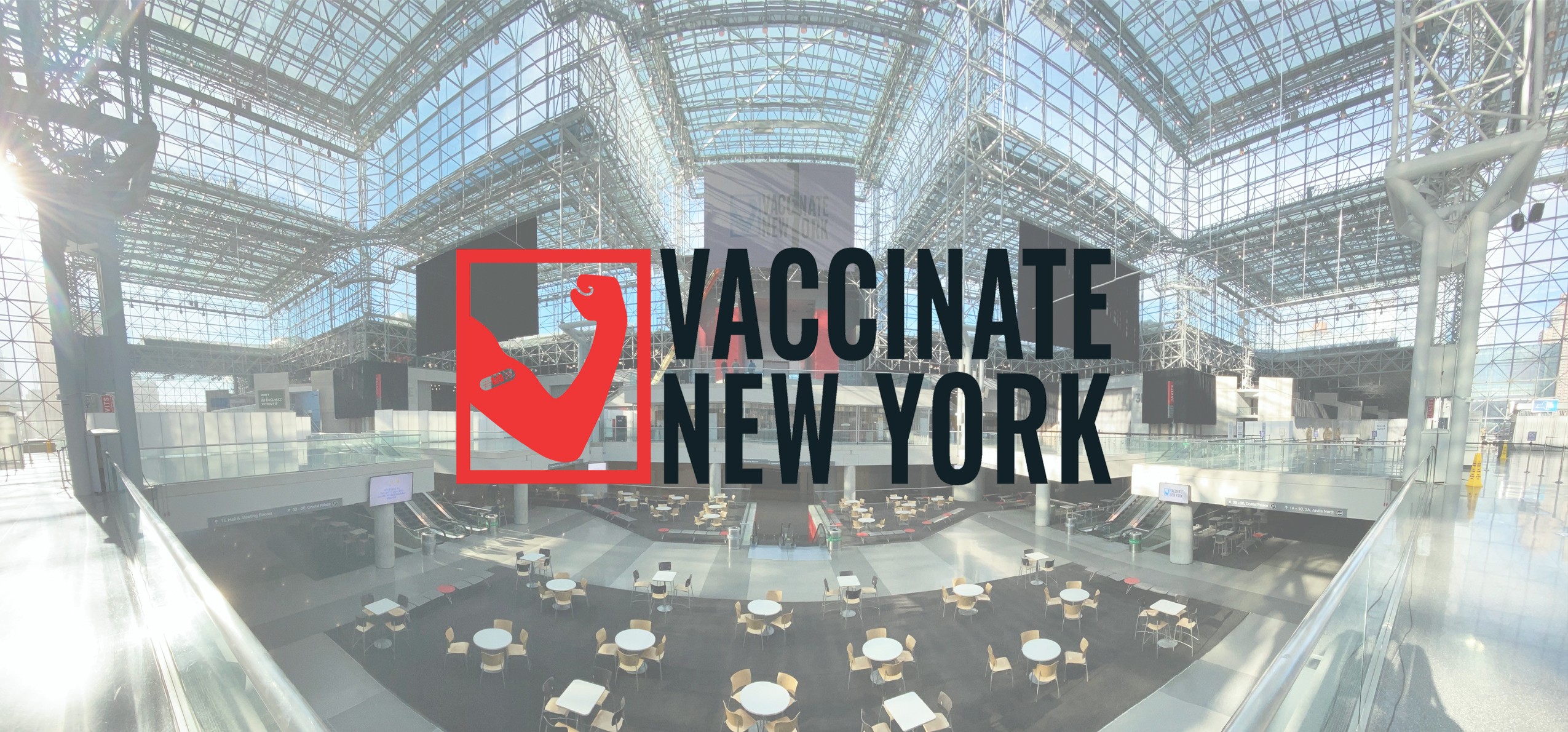In this time of heightened global climate change, both the general public and the design community, in particular, have a new sense of awareness and need for the development of Master Plans and implementation strategies for addressing such impacts. With daily reminders in the news, delays at transportation hubs, re-routed city traffic, and property damage we now experience “new normals” in everyday life.
Hurricane Sandy was one of these “new normals” and affected the New York City Transit subways at an unprecedented magnitude. Particularly affected were downtown Manhattan facilities in low-lying areas. di Domenico + Partners conducted an architectural assessment after the storm that included all concourse, mezzanine, and platform levels, employee facilities, and back-of-house spaces as well as mechanical and electrical rooms throughout the station complex. For flood protection and resiliency, the assessment focused on street-level entrances, ventilation structures, hatches, manholes, and critical spaces throughout the station complex. In the end, dD+P implemented a combination of flood doors and panels, watertight glazing, and stop log barrier walls, so that the South Ferry Station would be well equipped to face current and future storms and weather events caused by climate change.
Overall, our collective and renewed priority for public safety and preservation of property and infrastructure at the local city, state, and national levels, requires commitment and further innovation, and thoughtful design. The pressing need to ensure safety and asset protection, however, ought not to be used needlessly as an excuse for the rushed installation of the “knee-jerk” measures when designing new spaces and redesigning existing ones. Rather, in recognition of the importance of time-tested and long-lasting cost-effective mitigation strategies, it is essential to realize the integration of maximum green infrastructure and good design.





